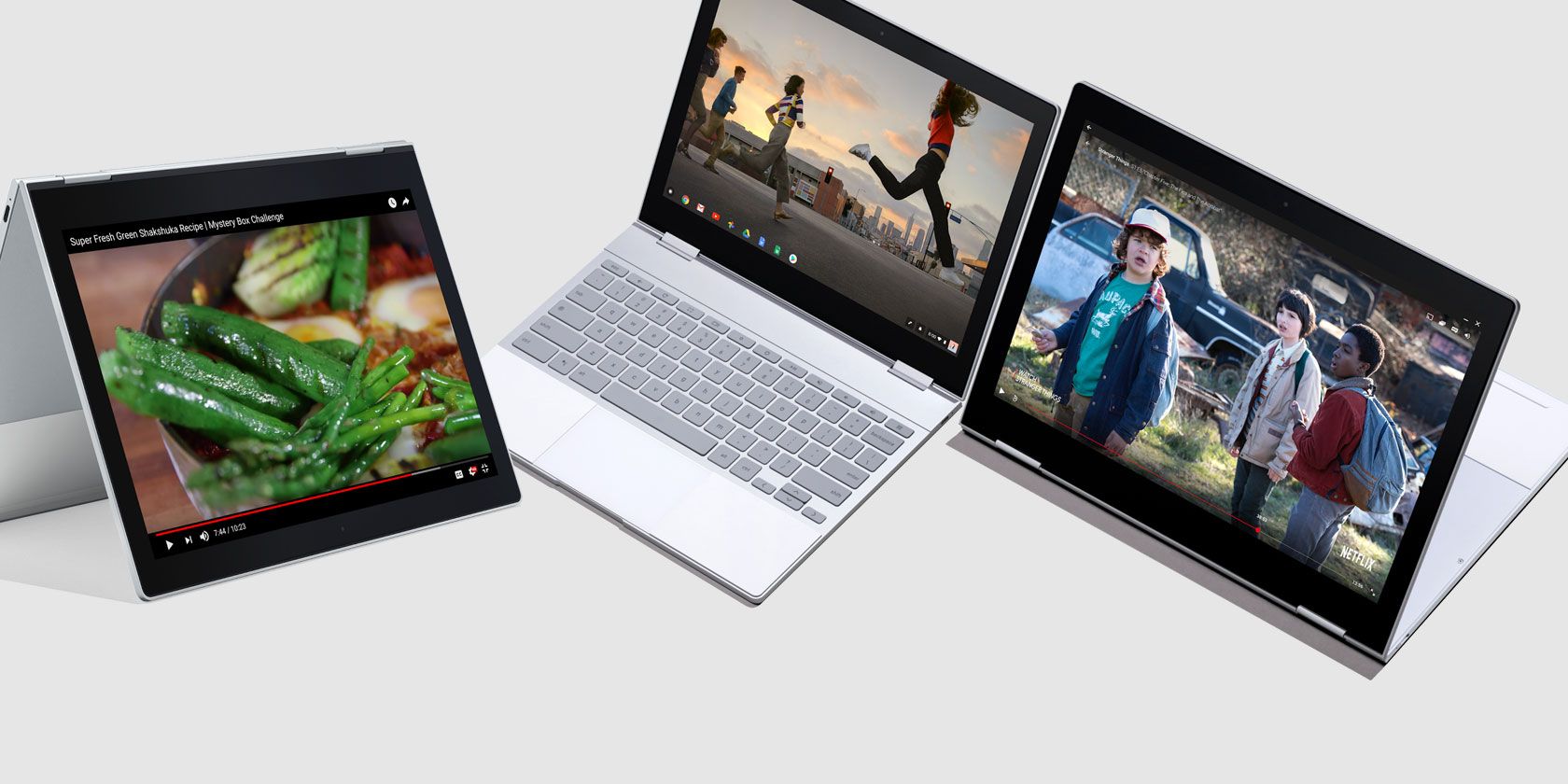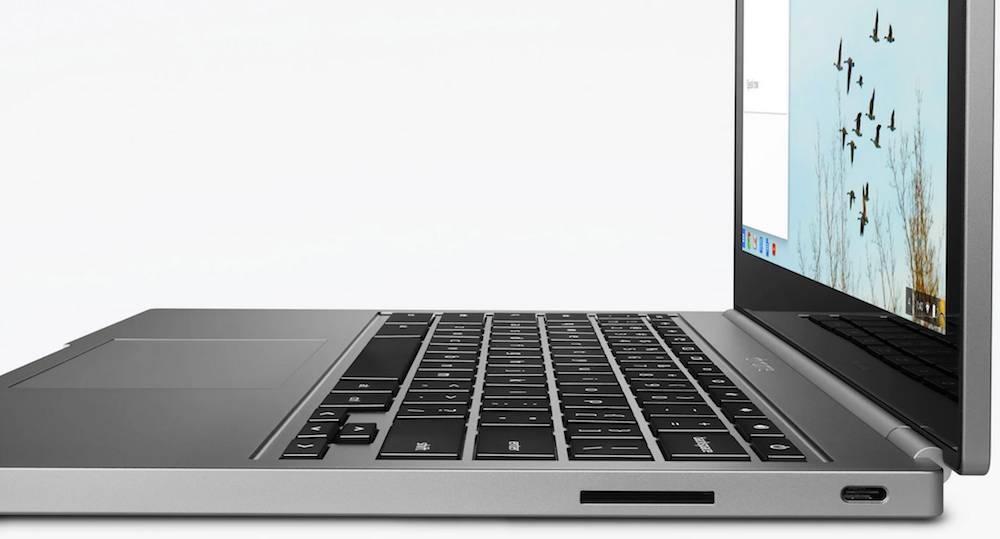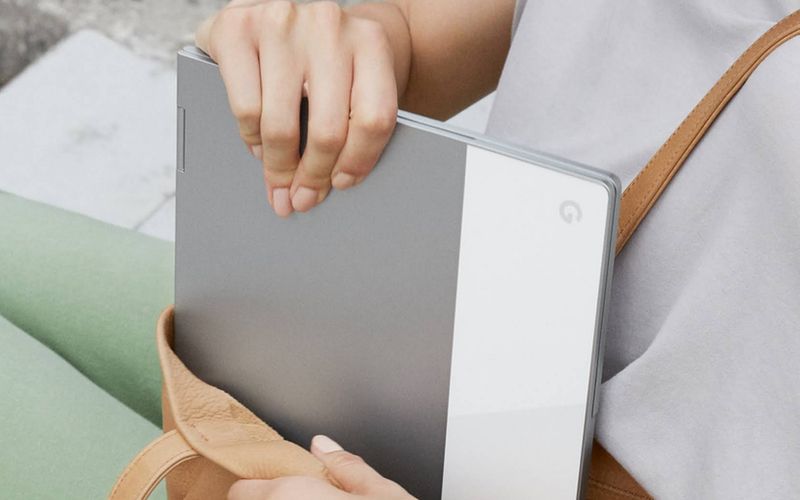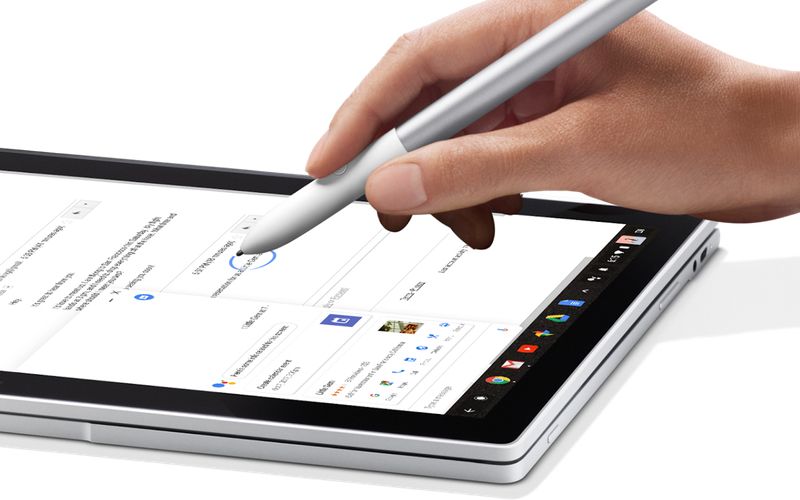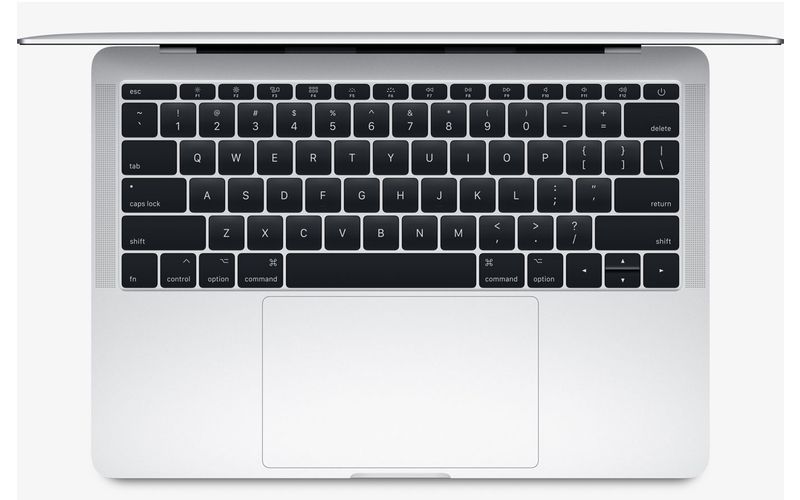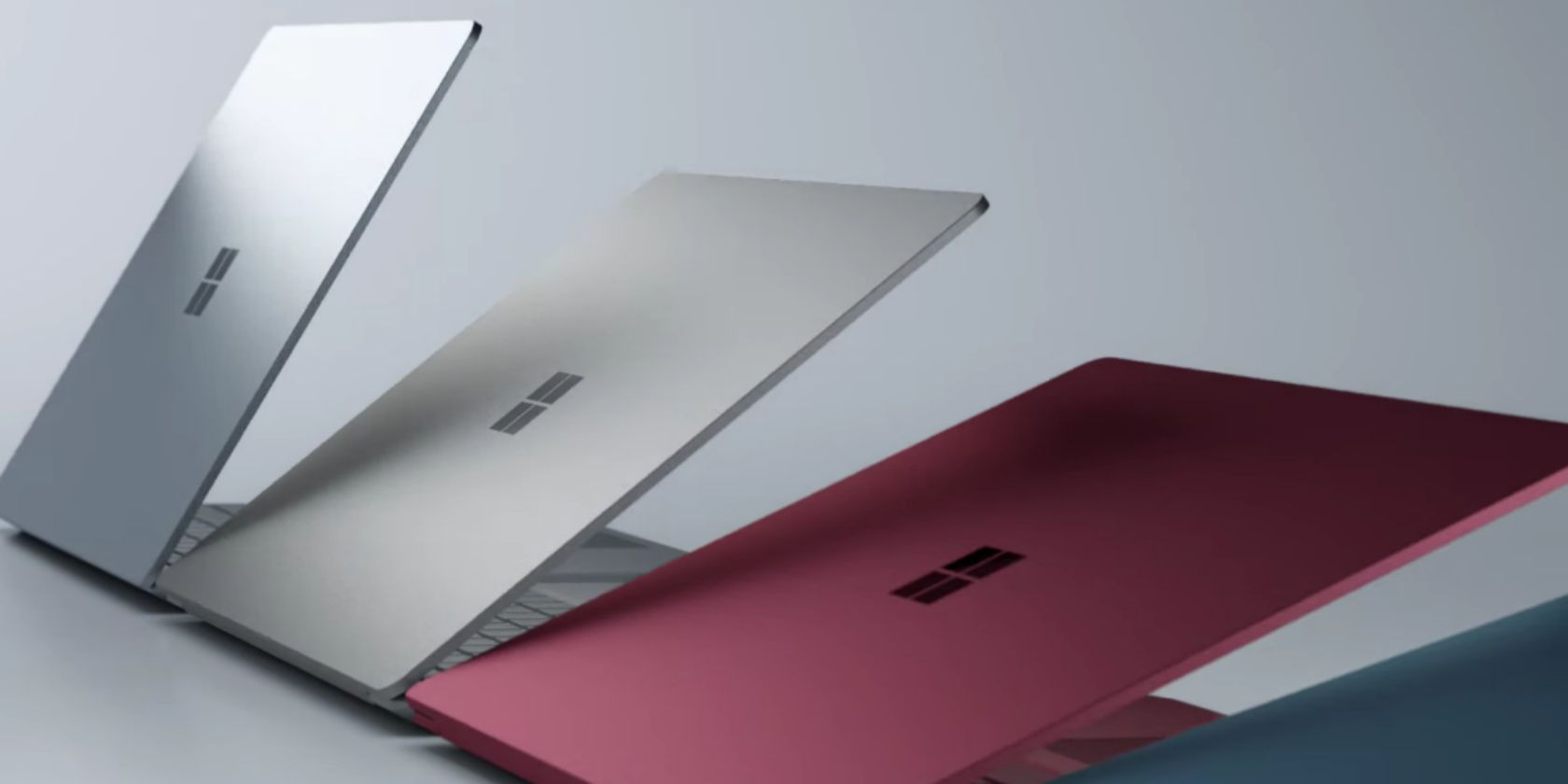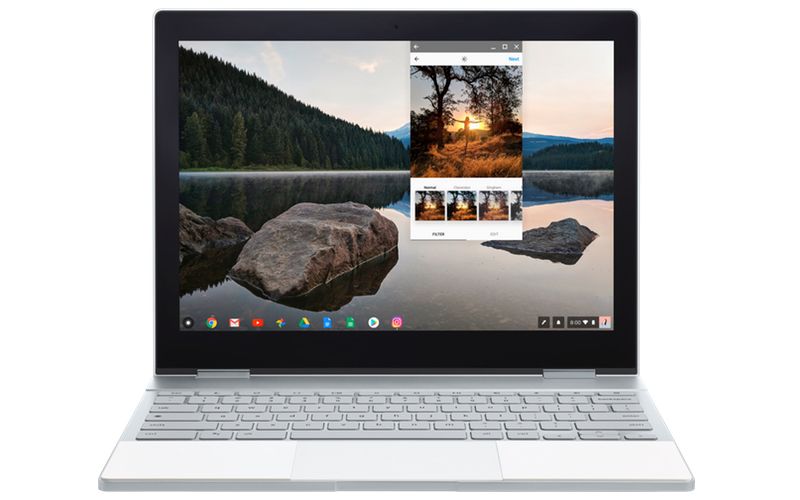On October 4th, Google unveiled a bunch of new products alongside the Pixel 2 smartphone. The Google Pixelbook featured among these — the search giant's third attempt at making a high-end laptop running Chrome OS. The Pixelbook checks many boxes for people spending $1,000 on a thin-and-light notebook. But how does it compare to Apple and Microsoft's offerings in this price segment? Let's find out.
Pixelbook Origins
Fun fact — the "Pixel" brand, now used for all of Google's new hardware products, first appeared on a high-end laptop Google released in 2013 dubbed "Chromebook Pixel". Unlike most Chromebooks which are popular because of their low price, this was an overkill of a computer running essentially a web browser.
As the name suggests, the Chromebook Pixel had an incredibly-high 2560 x 1700 pixel resolution screen. The Chromebook Pixel was fast, made of aluminum, and had a responsive trackpad. The Wi-Fi model was priced at $1,299, while an LTE option was sold for $1,449.
Two years later, a refreshed Chromebook Pixel (2015) improved areas like battery life, performance, and connectivity (adding USB-C ports alongside USB-A ones), while dropping the entry-level price down to $999. It was phased out a year later.
Although they won some hearts within geek circles, Chromebook Pixels didn't even dent the PC market. One reason could be its limited availability in overseas markets. But more important, it was hard for many to justify spending a thousand dollars on a laptop running Chrome OS.
What's So Special About The Pixelbook?
Fast forward to 2017, and we have the Google Pixelbook — a laptop built on the foundations of the Chromebook Pixel, but with a big design and feature overhaul. Its aluminum unibody design and the signature glass window is reminiscent of the first Google Pixel. This laptop is fairly thinner and lighter than Chromebook Pixels, measuring at just 10mm thickness and 2.4 lbs weight.
It's got a 12.3-inch display with a 3:2 aspect ratio like its predecessors. It's also just as sharp thanks to a 2400 x 1600 pixel resolution. While Chromebook Pixels were typical laptops with touchscreens, the Pixelbook is a convertible, as the display can bend all the way to the back. Thanks to the 360-degree hinge, the Pixelbook can also be used in tablet mode and a "tent" mode too.
Other than touching the screen, you can (of course) interact with the Pixelbook through the built-in keyboard and trackpad. Below the backlit keys is a glass-covered trackpad. It sports powerful specs: a seventh-generation Intel Core i5 or i7 processor, 8GB or 16GB of RAM, and 128GB, 256GB or 512GB SSD storage options. There are two USB-C ports for connectivity and charging the laptop. Google claims 10 hours of battery life (you can usually chop manufacturer estimates in half, though).
That Doesn't Sound Like Anything New
If you've read through the above, you're probably thinking what's so special about the Pixelbook that isn't available in countless other laptops. Here's a distilled version of Pixelbook's headlining features.
It is the first laptop to have Google Assistant built in. This is the same software available on several Android phones today and it is fairly useful. You can talk to it and even type in your questions — there's even a dedicated Assistant button on the keyboard. The Pixelbook also has four microphones that are listening for the "OK Google" hotword to invoke the Assistant. Although you can't use Google Assistant with the lid closed, so it won't double as a Google Home replacement just yet.
Next, there's a separately-sold $99 Pixelbook Pen stylus that works with the laptop. It boasts of lag-free operation, high-pressure sensitivity, and tilt support. Google also claims it's using machine learning to improve pen input accuracy. All these things indicate a good writing and sketching experience. A button on the Pixelbook Pen can highlight a portion of the screen for Google Assistant to show you information related to it. The stylus can't stow away inside the Pixelbook, nor will it magnetically latch to the side like some of Microsoft's Surface computers.
The bundled 45W USB-C charger supports fast charging via the USB Power Delivery standard — the same used on Pixel phones. So you'll be able to fast-charge the Pixelbook and a compatible smartphone using the same power brick. Google suggests you'll get 2 hours of usage after plugging it in for just 15 minutes. Lastly, like Apple's Instant Hotspot feature on the iPhone, you can instantly siphon internet off your Pixel phone without needing to toggle Portable Hotspot on first.
How Does it Compare To Apple MacBooks?
Being a laptop costing a thousand dollars and above, comparisons to offerings from the two other technology giants are unavoidable. From a spec-to-dollar perspective, the Google Pixelbook takes the lead, as the base Core i5 model with 8GB RAM and 128GB SSD costs $999. From Apple's camp, for the same price you get a 13-inch MacBook Air. It's a decent laptop, but is woefully outdated when it comes things like screen resolution (it's got a paltry 1440 x 900 panel). An Apple laptop more comparable to the Pixelbook is the MacBook Pro, which starts at $1,299.
For $300 extra, the big advantage of the MacBook Pro over the Pixelbook is the software. MacBooks run macOS — a mature operating system capable of running professional-grade apps for tasks such as video editing, design, app development, etc. The MacBook Pro screen is also brighter and supports the DCI-P3 wide color gamut. On the downside, the MacBook Pro's display is not touch-friendly — Apple believes touchscreens aren't apt for computers. To compensate, a MacBook Pro with Touch Bar — which has a touchscreen strip put in place of function keys — will cost you $1499, which is 50 percent more than the Pixelbook's starting price.
What About Microsoft's Surface Computers?
Microsoft makes the Surface Laptop, which is a contender to the Google Pixelbook. It too starts at the same $999 price tag, but the company puts only 4GB RAM on the base model, which we deem is insufficient today. An SKU with 8GB RAM and 256GB storage instead of 128GB on the base model bumps the price up to $1,299. The Surface Laptop also has a touchscreen and supports the optional $99 Surface Pen. But the big difference is that there's no 360-degree hinge, so you can't use it like a tablet. This significantly decreases the ease at which you can sketch or write on the Surface Laptop. Also, there are no USB-C ports, if you're wanting to prepare for the future.
If stylus usage means a lot to you, Microsoft's also got the Surface Pro — a tablet with an add-on Type Cover that morphs it into a laptop of sorts. Prices start at $799 for the low-power Intel Core m3 model, and $160 extra for the keyboard cover. To get a configuration comparable to the base Pixelbook, you'll be spending a couple of hundred dollars extra. And then there's the newly-launched Surface Book 2, a high-performance laptop with a detachable screen for $1,499 and upwards. Both the Surface Pro and the Surface Book are compatible with the Surface Pen, which even magnetically latches to their sides.
Last, buying a Microsoft computer means you get access to Windows — the most popular PC operating system in the world. That means you'll be able to run all sorts of applications that aren't yet on the Google Play Store.
Pixelbook Software = Chrome OS + Android Apps
If you're not familiar with Chrome OS, here's a quick explainer — it's a Linux-based operating system created by Google designed primarily to run web apps. The only real application in Chrome OS used to be Google Chrome. Today, it's technically possible to accomplish most people's computing needs within a web browser. This spartan foundation gives Chrome OS three advantages over other desktop operating systems — seamless updates, heightened security, and zero maintenance.
This philosophy made Chrome OS popular among corporate entities, who sought savings by way of reduced IT costs. But the lack of apps also made Chrome OS feel limited in functionality, especially on expensive laptops like the Chromebook Pixel. For the last couple of years, Google has been trying to bridge this gap by bringing Android apps from the world's biggest app store — Google Play.
The Pixelbook supports the same Android apps made for smartphones and tablets. You can run multiple apps at once in windowed or full-screen mode. Android apps have been available on Chrome OS computers for some time now, but unfortunately, the experience until now has been beta-like. We will know if the Pixelbook can actually deliver on the Chrome OS + Android apps promise once it releases on 31st October 2017.
So, Is It a Yay or Nay for the Pixelbook?
At $999, one thing that the Google Pixelbook definitely isn't is unreasonably-priced. But computers with familiar, more resourceful operating systems will cost a few hundred dollars more. Even if we assume that all Android apps work great on the Pixelbook, it will take time for Android smartphone or tablet apps to be as functional as their Mac or PC counterparts.
If your usage is restricted to web browsing and basic office productivity, then the Google Pixelbook should suffice. But the Pixelbook, unfortunately, doesn't do anything significantly different for buyers to stop wondering if they should spend a little more and get a Mac or PC. I sincerely don't believe that Google Assistant integration alone is strong enough to convince potential buyers. Stylus-lovers should look at apps available on Google Play, and compare them to what's available for Windows or even an iPad Pro, especially since the two platforms have supported pen input longer.
In the end, the Pixelbook might attract a larger crowd than the Chromebook Pixels before it, but I suspect it'll mostly be the ones with a very high affinity for Google.
So, will you choose a Pixelbook over other $1,000 laptops? If yes, what are your reasons? Let us know in the comments below.

